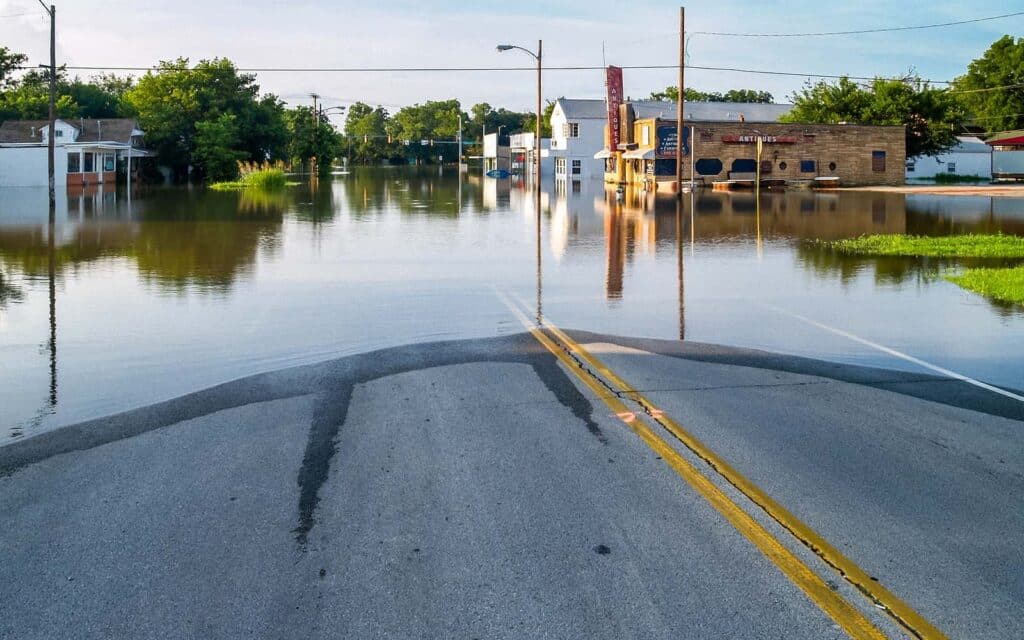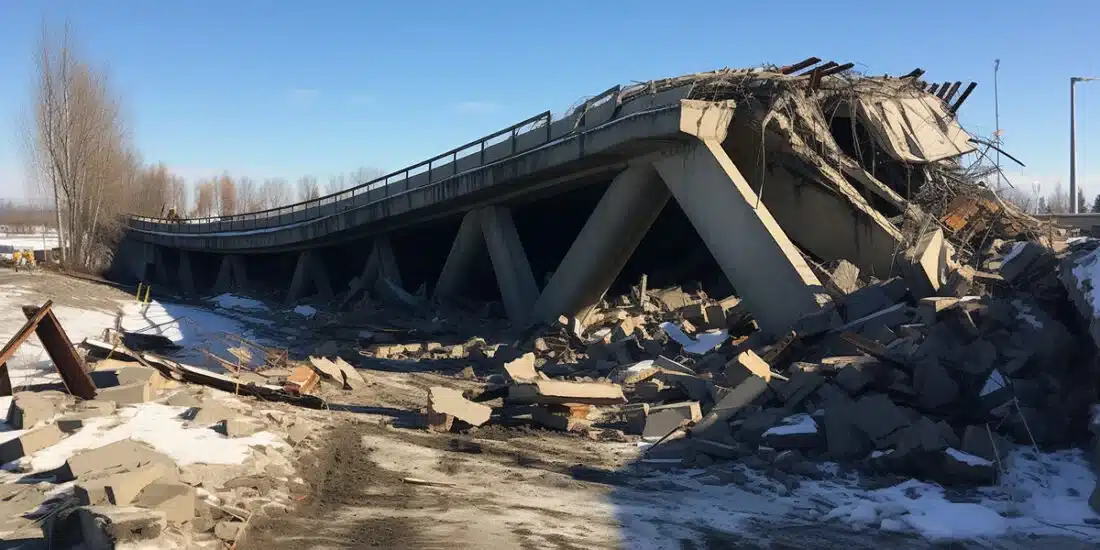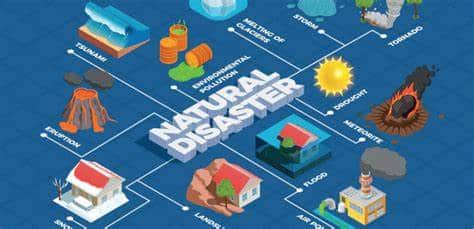

Natural disasters, from earthquakes to hurricanes, threaten infrastructure worldwide. In recent years, the frequency and intensity of these events have underscored the urgent need for resilient infrastructure. As a civil engineering firm committed to sustainable and innovative solutions, we recognize the importance of learning from past disasters to build a more resilient future. In this blog, we explore key lessons that can be gleaned from natural disasters and how they inform the design and construction of resilient infrastructure.
Understanding Vulnerabilities:
One of the first steps in building resilient infrastructure is to understand the vulnerabilities that exist within the built environment. Natural disasters often reveal weaknesses in infrastructure systems, whether it’s buildings, bridges, or transportation networks. For instance, the devastating impact of Hurricane Katrina on New Orleans exposed the inadequacies of flood protection systems and highlighted the importance of designing infrastructure to withstand extreme weather events.
Incorporating Risk Assessment:
To mitigate the impact of natural disasters, civil engineers must incorporate rigorous risk assessment into the design process. This involves evaluating various hazards, such as earthquakes, floods, and landslides, and determining their potential impact on infrastructure. By understanding the risks associated with different types of disasters, engineers can develop strategies to enhance resilience, whether through structural reinforcements, improved drainage systems, or strategic location planning.
Adopting Multi-hazard Approaches:
Natural disasters rarely occur in isolation, often overlapping or occurring in quick succession. Therefore, it’s essential to adopt multihazard approaches when designing infrastructure. For example, a bridge built in a seismic zone must also consider the risk of flooding or landslides in the area. By taking a comprehensive approach to risk management, engineers can design infrastructure that can withstand a range of potential threats, enhancing overall resilience.
Utilizing Innovative Materials and Technologies:
Advancements in materials science and technology offer new opportunities to enhance the resilience of infrastructure. From high-performance concrete to smart sensors, innovative solutions can improve the durability and functionality of buildings and infrastructure systems. For example, incorporating self-healing materials into bridge construction can help mitigate the effects of wear and tear, prolonging the lifespan of critical infrastructure assets.
Investing in Long-Term Planning and Maintenance:
Building resilient infrastructure requires more than just implementing short-term fixes; it demands long-term planning and investment. This includes regular maintenance, inspection, and upgrading of infrastructure to ensure its continued resilience in the face of evolving threats. By prioritizing proactive measures over reactive responses, communities can better prepare for and mitigate the impact of natural disasters.
Engaging Stakeholders and Communities:
Finally, building resilient infrastructure requires collaboration and engagement with stakeholders and communities. By involving local residents, businesses, and government agencies in the planning and decision-making process, engineers can ensure that infrastructure projects meet the needs and priorities of the people they serve. Additionally, community engagement can help foster a sense of ownership and responsibility for maintaining and protecting infrastructure assets.
Conclusion:
As natural disasters continue to pose significant challenges to infrastructure worldwide, the need for resilient design and construction has never been greater. By learning from past disasters and incorporating lessons into the design process, civil engineers can develop infrastructure that can withstand the forces of nature and ensure the safety and well-being of communities for generations to come. As a civil engineering firm, we remain committed to building resilient infrastructure that not only meets the needs of today but also prepares for the challenges of tomorrow.


